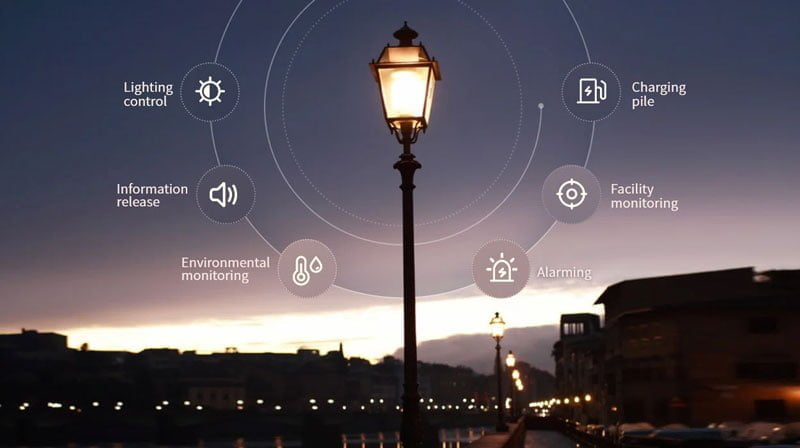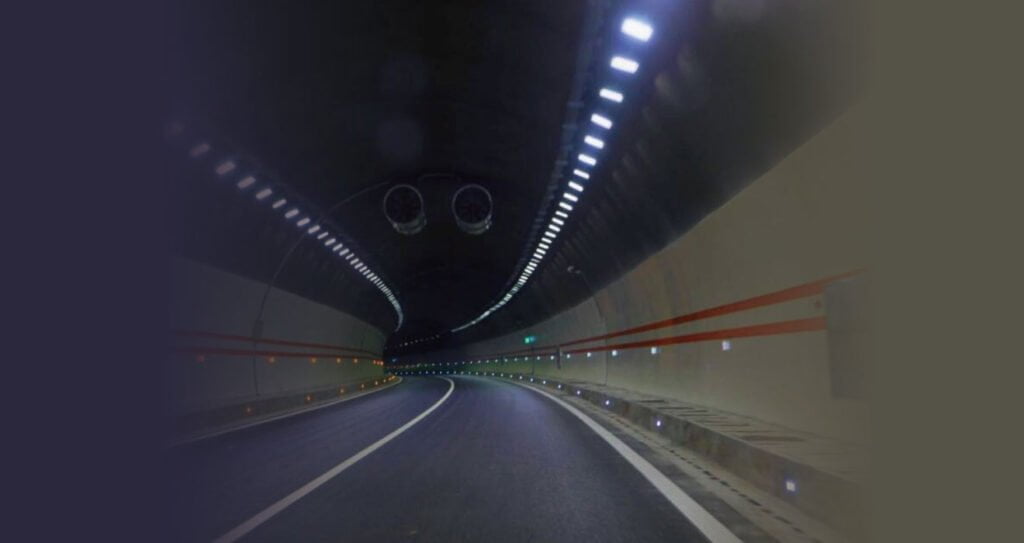The outdoor LED lighting industry has been rapidly growing in recent years due to the increased demand for energy-efficient lighting solutions. This trend is expected to continue in 2023, with the industry projected to reach new heights in terms of growth and innovation. In this article, we will explore the forecast for the outdoor LED lighting industry in 2023.
Market Growth
The outdoor LED lighting market is expected to grow at a compound annual growth rate (CAGR) of 14.2% from 2020 to 2025, according to a report by Markets&Markets. The increasing demand for energy-efficient and sustainable lighting solutions is a key driver of this growth, as more and more governments and businesses seek to reduce their carbon footprint and operating costs. Additionally, the rising awareness about the benefits of LED lighting, such as improved brightness, longer lifespan, and reduced maintenance costs, is also driving the market growth.

Smart Lighting Solutions
One of the major trends in the outdoor LED lighting industry is the adoption of smart lighting solutions. Smart lighting systems use sensors and communication technologies to automatically adjust the lighting levels and timing based on various factors, such as occupancy, daylight, and weather conditions. This technology can help to reduce energy consumption and enhance the user experience. The global smart lighting market is expected to grow at a CAGR of 20.3% from 2021 to 2028, according to a report by Grand View Research.

Changeable Color Temperature
Another trend in the outdoor LED lighting industry is the use of tunable white solution which is widely adopted in commercial and residential lighting. Tunnel light application has strong demand to change the lights according to the ambient outside of tunnels so as to make the drivers feel comfortable when entering.

Connected Lighting
Connected lighting is another trend that is expected to shape the outdoor LED lighting industry in 2023. Connected lighting systems use wireless communication technologies, such as Bluetooth, ZigBee, and Wi-Fi, to connect LED fixtures and enable centralized control and monitoring. This technology can help to improve energy efficiency, reduce maintenance costs, and enhance the user experience. The global connected lighting market is expected to grow at a CAGR of 21.2% from 2021 to 2028, according to a report by Grand View Research.

Cost Reduction
Challenges Despite the promising growth opportunities, the outdoor LED lighting industry still faces several challenges. One of the main challenges is the high upfront cost of LED lighting systems, which can deter some customers from adopting the technology. However, the decreasing cost of LED components and the increasing awareness about the long-term cost savings of LED lighting are expected to mitigate this challenge.
Standardization
Another challenge is the lack of standardized communication protocols for connected lighting systems. The lack of standardization can make it difficult to integrate different systems and devices, which can limit the flexibility and scalability of connected lighting solutions. However, efforts are being made to develop industry standards and protocols, such as the Thread protocol for connected lighting.
Conclusion
Overall, the forecast for the outdoor LED lighting industry in 2023 is bright. With the growing demand for energy-efficient and sustainable lighting solutions, as well as the increasing adoption of smart, solar-powered, and connected lighting systems, the industry is expected to experience significant growth and innovation. While challenges remain, the industry is well-positioned to overcome them and continue to provide innovative lighting solutions for various applications, including street lighting, stadium lighting, and architectural lighting.





